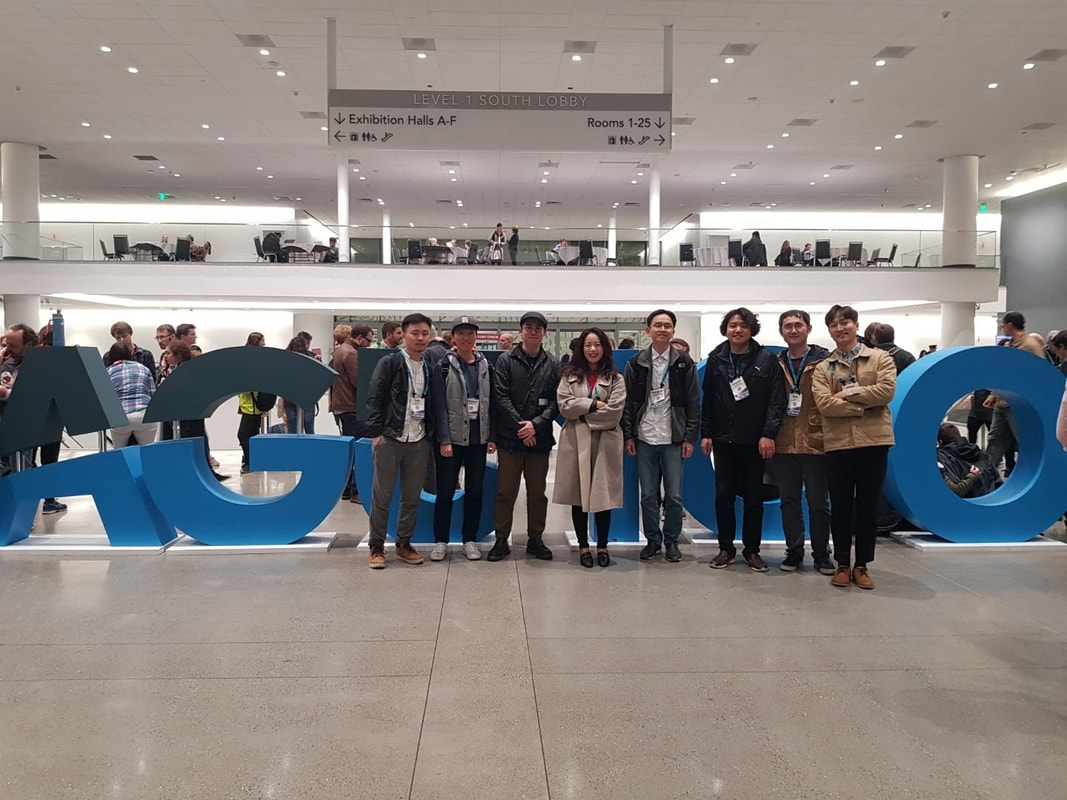Apparently simple, actually complex, so fascinating. My field site during PhD course was a savanna ecosystem in California. When I first visited the site with my adviser, Dennis Baldocchi, my first impression was this: simple! There were only two species; oak trees and annual grassland on a flat terrain. Growing up in South Korea where 70% of the country is mountain forests, I never saw such simple ecosystem. Then, shortly after, I realized it is so complex. Deciduous oak trees only held leaves from Mar to Oct while grassland was active from Nov to May. Annual rainfall varied two fold (400~900 mm). It was the ideal place for ecohydrology. Indeed, my first journal paper was about evaporation in this ecosystem.
What are your undergraduate and graduate degrees in?
My undergraduate degree (BS) was Landscape Architecture, and master degree (MCP) was Environmental Management, both in Seoul National University. Then I got the PhD degree of Biometeorology from UC Berkeley.
How did you arrive at working in/thinking about ecohydrology?
In 2005, I was involved in a research project, HydroKorea before going to the US. There was a project evaluation meeting. The invited scholars included Jeff McDonnell at Oregon State University (now University of Saskatchewan) and Lu Zhang at CSIRO. At that time, I didn’t know the term, ecohydrology, and I didn’t know who they are. They recommended focusing on scale, and aligning observation and modeling in evaporation. It really helped me to shape my SOP for PhD course, which was about monitoring evaporation from plot to the global scales. Luckily, I was offered from UC Berkeley, and kept this topic for NASA Earth System Science Fellowship. That topic has been in my central research theme.
What do you see as an important emerging area of ecohydrology?
Urban. Many previous studies on ecohydrology focused on natural ecosystems. Urban is unique as a large fraction of surface is impervious and ground is filled with infrastructure such as pipes. I am very curious how trees in urban develop their roots and access to soil moisture and ground water. Although not published yet, one of my former students, Jina, did an interesting experiment on the source of tree water use grown in pervious and impervious surfaces. She used stable isotope analysis and found trees growing through impervious surfaces used shallower water sources. This gave me a new perspective on ecohydrology by including human dimension.
Do you have a favorite ecohydrology paper? Describe/explain.
One recent paper (https://doi.org/10.1111/gcb.15414) attracted my attention strongly. This paper offers compelling evidences that a savanna ecosystem in California is resilient to droughts via altering their phenology and accessing ground water. This paper is beautiful in a way that it is based on long-term flux tower observations (20 years) in tandem with many in-situ observations that include continuous ground well monitoring datasets. The authors found no trend in evaporation and water use efficiency over the two decades that experienced +40 ppm [CO2] and +1C. This is inconsistent from previous literature that reported stronger [CO2] fertilization effects in dry regions which must lead rising water use efficiency. In view of ecohydrology, this paper clearly demonstrates that one has to understand carbon-water-energy interactions from ground water to the atmosphere across diurnal to decadal scales.
What do you do for fun (apart from ecohydrology)?
My life is simple. Work and family. I love family trips. This is particularly difficult period due to COVID-19.

 RSS Feed
RSS Feed